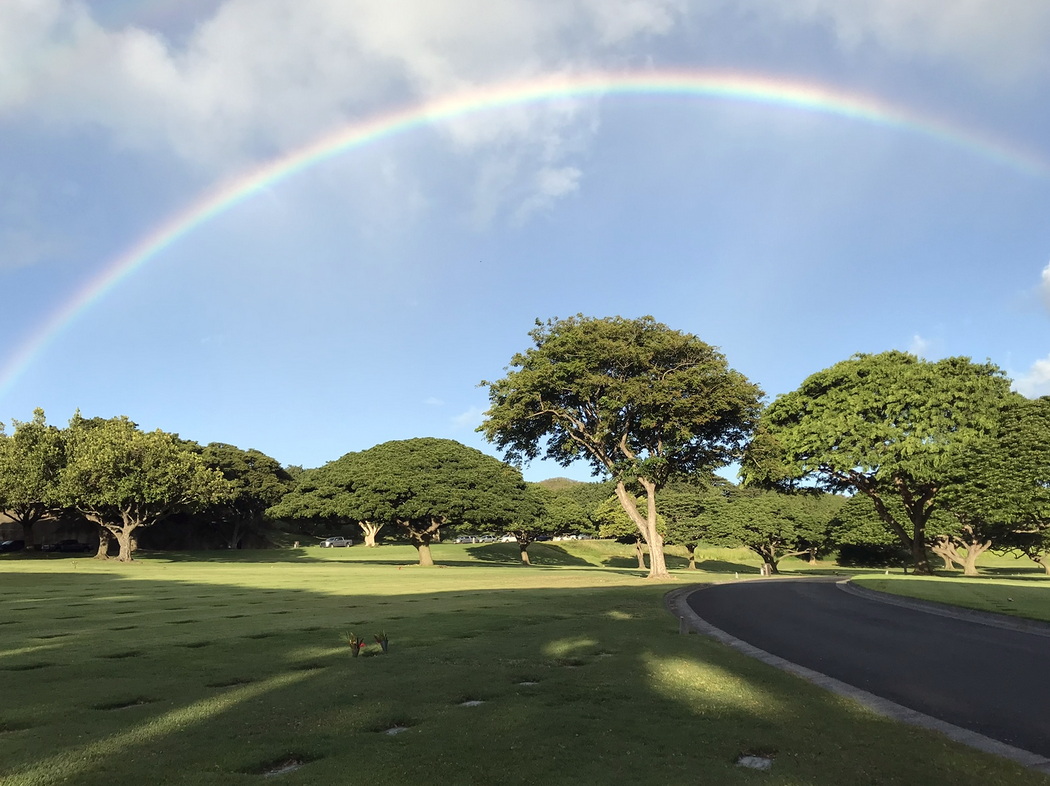
November 22, 2022
Welcome to the third annual Kōlea Count, the Hawaii Audubon Society’s citizen science project started in 2020. Because so many facts about these remarkable shorebirds are still unknown, and so many Hawaiʻi residents and visitors watch and enjoy our plovers, here’s an opportunity for us to record our observations.
Adults arrive from their Alaska breeding ground in July, August, and September. The summer’s offspring stay in Alaska until the snow falls, sometimes as late as October and November. With food sources gone, the youngsters head south alone. It’s a perilous journey, but juveniles that live through their first winter have the potential to live 20 or more years.

Birdy Big Foot: Kōlea chicks hatch with adult-sized feet and legs, and can fly in about a month. This chick is on the tundra near Nome, Alaska. © Oscar W. Johnson.
The birds that survived Arctic predators, stormy weather, and competition for space are now here in Hawaiʻi. So let’s don our green Kōlea T-shirts, and go counting. We ask for a minimum (no maximum) of three counts in each area, from December 1st through March 31st.

T-shirts available at hiaudubon.org.

Counting goals are to:
- Get some numbers. Collecting data to compare from year-to-year will help us learn more about whether Hawai’i’s plover population is increasing, decreasing, or staying the same.
- Spread the joy. The Kōlea that winter in Hawaii are the only shorebirds in the world that have adapted so well to human presence, and to our alteration of the birds’ natural habitats. Our plovers stroll down sidewalks, sleep on rooftops, forage in lawns, and get fat on the hundreds of species we’ve introduced to the Islands. (Plovers eat anything that crawls.)

Kōlea pick bugs from Astroturf and bathe in hotel swimming pools. Kauai. ©Susan Scott
Please see the GUIDELINES tab to sign up for a LITTLE COUNT or a BIG COUNT. Ask questions or share comments with me on the CONTACT tab.
On behalf of our lovely, perky Kōlea, thank you for helping us learn more about them and in that, learn how to help them thrive.

Punchbowl Cemetery, Oahu’s Kōlea lab. © Sigrid Southworth (our Punchbowl Kōlea counter.)
Aloha, Susan Scott, Plover lover and Hawaii Audubon Society president